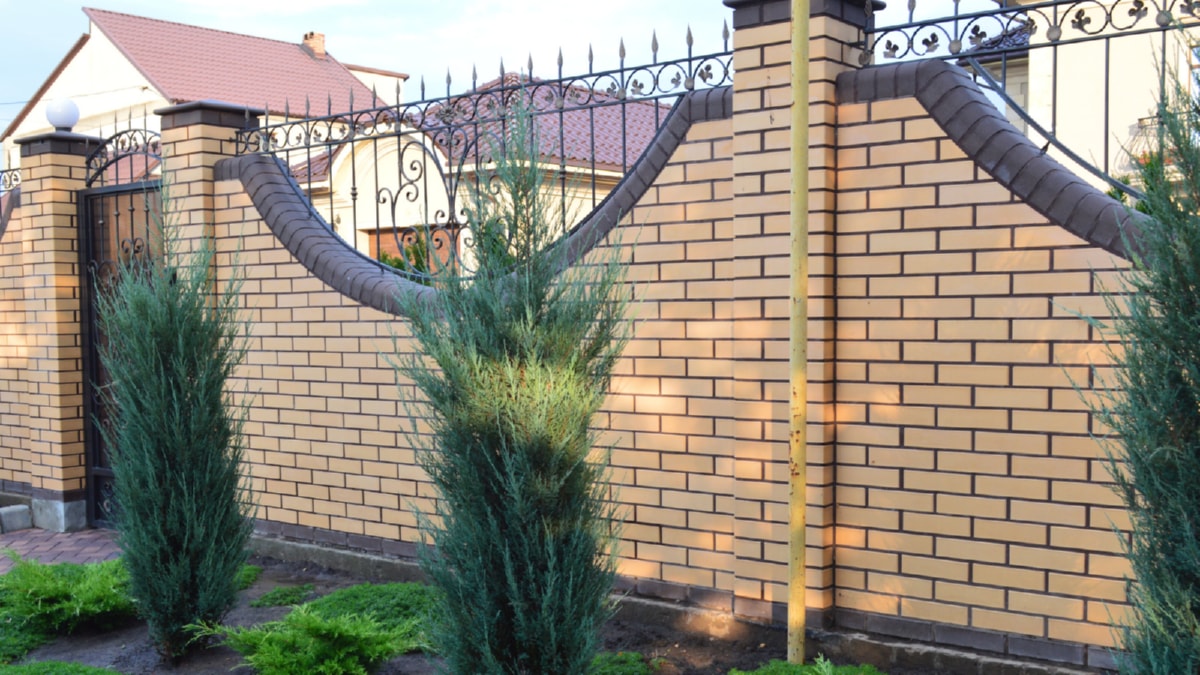As the world faces increasing environmental challenges, the construction industry has been prompted to reconsider its traditional building methods. The shift towards sustainability has led to the exploration of green building materials, a vital element in the journey towards environmental responsibility and efficiency.
Green building materials, also known as sustainable building materials, are designed with an emphasis on minimizing environmental impact. These materials are often renewable, have low embodied energy, are sourced locally, and are designed to increase the overall efficiency of buildings.
One of the most popular green building materials is bamboo. Known for its exceptional strength-to-weight ratio, bamboo is a highly renewable resource that matures in three to five years, far faster than hardwood trees. Bamboo also absorbs carbon dioxide and produces oxygen at a higher rate than trees, making it beneficial to the environment.
Recycled steel is another green building material quickly gaining popularity. Using recycled steel reduces the need for new steel production, which is a significant contributor to greenhouse gas emissions. It also reduces construction waste as steel can be easily recycled again at the end of the building’s life cycle.
Straw bales are also becoming increasingly popular in sustainable construction. They are a renewable resource and provide excellent insulation, helping to reduce the energy needed for heating and cooling. Straw bale construction is a viable option for walls in homes and small buildings and can reduce dependence on harmful materials like concrete.
Recycled plastic is another innovative material being utilized in green construction. Plastic waste is turned into panels, bricks, and other construction materials, reducing the amount of plastic that would otherwise end up in landfills. These materials are durable, water, and rot-resistant, making them suitable for various construction applications.
A less known but increasingly significant green building material is mycelium, the root structure of mushrooms. Mycelium can be grown into specific forms and dried, creating a strong, lightweight, and biodegradable building material. This pioneering material could revolutionize the construction industry by offering a completely organic and renewable building material option.
Another innovative green material is Ferrock, a carbon-negative material that absorbs and seals in carbon dioxide as it dries. Ferrock is made from waste steel dust and silica from ground-up glass, making it a highly sustainable choice. It’s stronger than concrete and resistant to environmental conditions, making it an excellent choice for construction.
The use of green building materials represents a significant shift in the construction industry towards sustainability. It not only reduces the environmental impact of construction but also improves the efficiency and longevity of buildings. This shift is a critical step in mitigating the effects of climate change and moving towards a more sustainable future.
As the world becomes more aware of the importance of environmental sustainability, the exploration and use of green building materials will undoubtedly continue to grow. The construction industry has a significant role to play in this shift, and the adoption of these innovative, sustainable materials is a crucial part of this process. The future of construction lies in these materials, and their continued development and use will shape the buildings of tomorrow.
For more details, check best masonry services or visit their business listing here.



